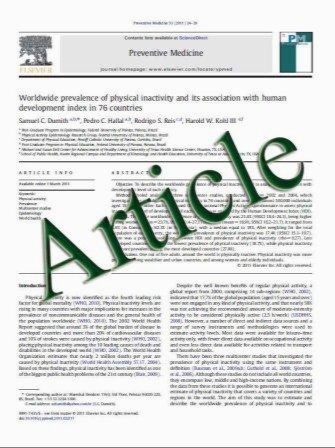Elevated inflammatory mediators and pulmonary hypertension after applying an extracorporeal circuit in a neonatal sepsis model
- نوع فایل : کتاب
- زبان : انگلیسی
- مؤلف : Mohamed Hamed Hussein • Ghada Abdel-Hamid Daoud • Takashi Hashimoto
- چاپ و سال / کشور: 2011
Description
Purpose We aimed to study the changes in cytokines, oxidative mediators, and pulmonary blood pressure in a neonatal sepsis model when applying an extracorporeal circuit (ECC). Methods Of 28 anesthetized and mechanically ventilated 3-day-old piglets, 14 underwent cecal ligation and perforation (CLP), of which 7 underwent ECC for 3 h from 3 to 6 h after CLP. The remaining 14 were sham, of which 7 underwent ECC. Serum interleukin (IL)-6, IL-10, tumor necrosis factor (TNF), interferon gamma (IFN-c), total hydroperoxide (TH), nitric oxide metabolites (NOx), and mean pulmonary arterial blood pressure (mPAP)/mean arterial blood pressure (mABP) ratio were measured at pre- CLP and at 3, 6, and 9 h in the CLP groups, and continued in the sham groups at 12, 15, 18, and 24 h. Results The CLP group with ECCs compared to the CLP group without it showed higher levels of serum IL-6, IL-10, and NOx at 6 h and higher levels of serum TH at 6 and 9 h. The sham group with ECCs compared to the one without it showed higher levels of serum IL-6 and IL-10 at 12, 15, and 18 h, TH at 6 and 9 h, TNF at 6 h, and IFN-c at 9 h. The mPAP/mABP ratios in the CLP group with ECCs were higher compared to the CLP group without it at 6 and 9 h. Conclusion Applying ECCs provoked a window of cytokines, free radicals elevation, and pulmonary hypertension which could be hazardous in critically ill newborns.
Pediatr Surg Int (2011) 27:53–60 DOI 10.1007/s00383-010-2727-x Published online: 22 September 2010


